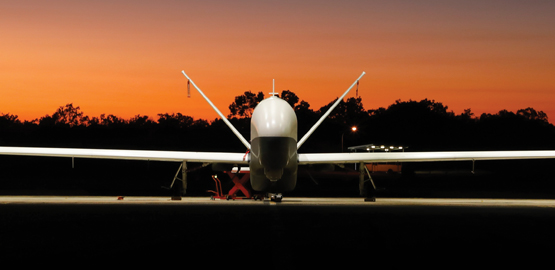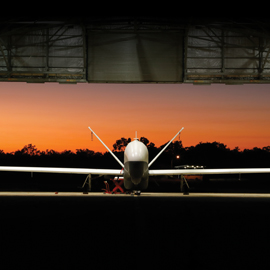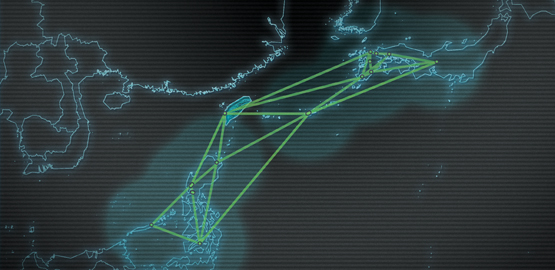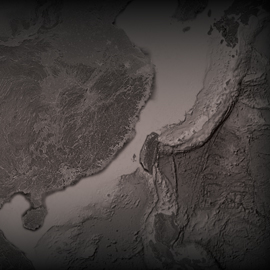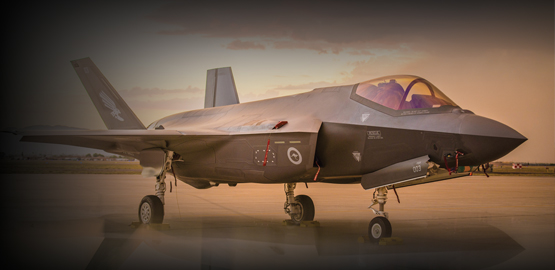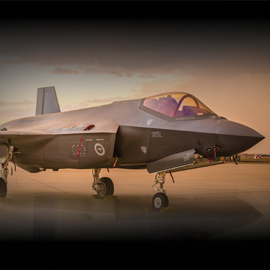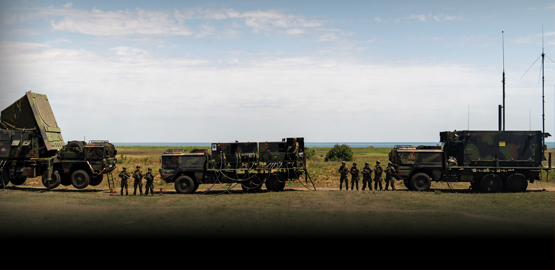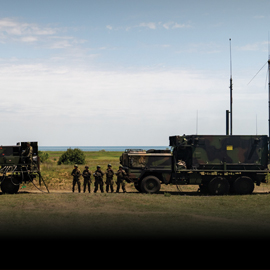News
Has Turkey Gone Rogue?
When Secretary of State Rex Tillerson arrives in Ankara on Thursday, he will find Turkey unrecognizable as the ostensibly Muslim democracy and close ally that U.S. officials once held up as a model for the Islamic world. President Recep Tayyip Erdogan is poised to complete his long transformation of Turkey from a raucous -- if imperfect democracy -- to an autocracy, one ruled by caprice and fear.
US Must Overcome ‘Hubris’ And Prepare For Surprise: Experts
“If you’re a combat veteran, your chances of getting promoted are greater, (but that) means that you have deep searing personal experiences with a certain type of warfare,” said Thomas Mahnken, head of the Center for Strategic & Budgetary Assessments. “That didn’t serve the British and French militaries well” at the start of World War II, he said, when they were so intent on not repeating the horrors of trench warfare that they were blindsided by the new and much more mobile threat of blitzkrieg.
Air Force’s New Stealth Bomber Will Replace B-1s and B-2s While Older B-52s Keep Flying
The U.S. Air Force plans to phase out its B-1B and B-2 bomber fleets as the new B-21 bomber, currently being built in Palmdale by Northrop Grumman Corp., becomes operational in the mid-2020s. Mark Gunzinger, senior fellow at the Center for Strategic and Budgetary Assessments, said the move to phase out the B-1Bs and B-2s is likely budget-driven. The Air Force needs to modernize and reinvest in a number of its key assets, including its fighter jets, bomber forces and unmanned systems, and that is a "daunting challenge."
Will the Air Force Really Buy a New Light Attack Aircraft?
Among those who believe the Air Force is sincere in its desire to purchase an OA-X is Mark Gunzinger, a former B-52 pilot and air power analyst at the Center for Strategic and Budgetary Assessments. “Yes, I think they are serious,” Gunzinger told The National Interest. “It makes sense for the missions they would use it for as well as from a cost and force management perspective. There also appears to be significant support on the Hill, but a never-ending series of CRs [continuing resolutions] could disrupt its timing.... As well as other programs, for that matter.”
No ‘Automaticity,’ But Yes To Low Yield Nukes: NPR
“After decades of nuclear weapons being consigned to the margins of national security, it is important for senior political and military leaders to re-acquaint themselves with nuclear capabilities, both ours and those of competitors,” Mahnken said.
Chinese Regime Races for Naval Supremacy, Building 8 Cruisers While US Builds None
On the other hand, the PLAN’s burgeoning surface fleet is predicted to alter the naval balance in maritime Asia, said a 2017 report co-authored by James R. Holmes of the U.S. Naval War College and Toshi Yoshihara, a senior fellow at the Center for Strategic and Budgetary Assessments (CSBA). The report said that China’s rapid production of advanced warships in recent years, such as the Type 055 cruisers, is not a coincidence and was almost certainly “designed, developed, and procured” many years in advance…“China has laid the basis for a competition that will be measured in decades,” write Holmes and Yoshihara. “The United States and its allies must accept reality: they face a long-term rivalry at sea against a tough, determined, imaginative competitor.”






